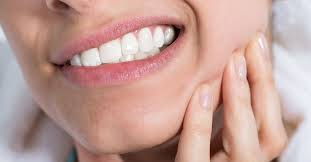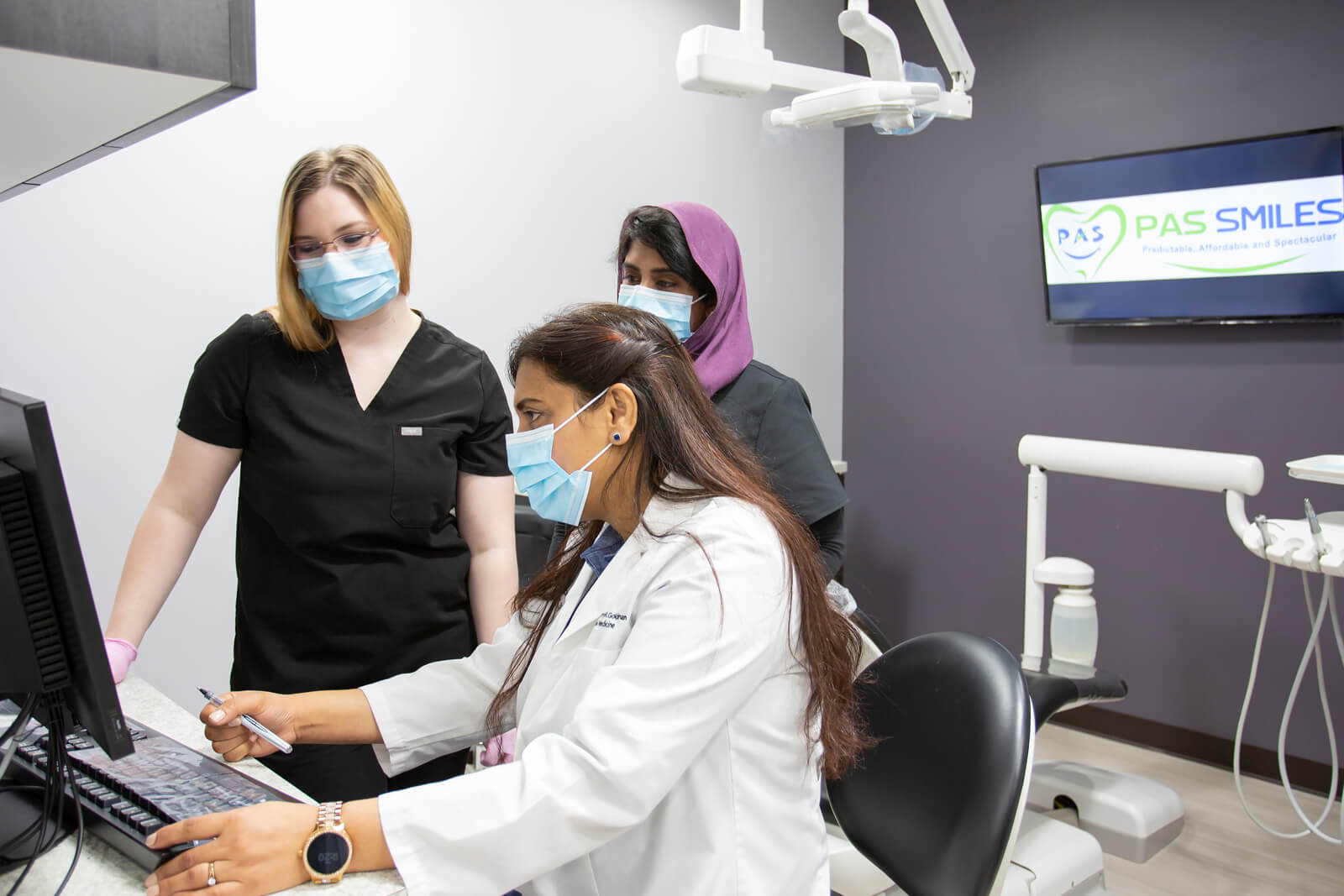-
Mon-Fri (8:30 AM - 5:30 PM)
Sat (8:30 AM - 3:00 PM), Sun (Closed)
-
3730 FM 2920 Suite 102
Spring, TX, 77388
-
Call
(832) 430-6010

Latest Technology Used in Cosmetic Dentistry
Here are some of the latest technologies that were being used or developed in cosmetic dentistry:
1. Digital Smile Design (DSD): Digital Smile Design is a technology that uses specialized software to design a patient's ideal smile based on their facial features, proportions, and preferences. It allows dentists and patients to visualize the potential outcome of cosmetic procedures before they are performed.
2. Intraoral Scanners: Intraoral scanners are devices that create 3D digital impressions of a patient's teeth and oral structures. They replace the traditional messy and uncomfortable physical impressions, streamlining the process of designing and creating cosmetic restorations like veneers, crowns, and bridges.
3. CAD/CAM Technology: Computer-Aided Design and Computer-Aided Manufacturing (CAD/CAM) technology has revolutionized the fabrication of dental restorations. It allows dentists to design restorations digitally and then mill them from high-quality materials like ceramics or zirconia, ensuring precise and aesthetically pleasing results.
4. 3D Printing: 3D printing has found applications in various industries, including dentistry. In cosmetic dentistry, 3D printing is utilized to create models, surgical guides, aligners, and even temporary crowns or veneers. This technology allows for faster and more accurate results.
5. Teeth Whitening Advances: Teeth whitening procedures have seen improvements with the use of advanced whitening agents, LED light activation, and laser technology. These advancements can provide more effective and longer-lasting results with reduced sensitivity.
6. Laser Dentistry: Lasers are being used in various dental procedures, including gum contouring, gum disease treatment, and teeth whitening. Laser technology can minimize discomfort, reduce bleeding, and promote faster healing, making it an attractive option for cosmetic dental treatments.
7. Dental Implant Innovations: Dental implant technology has evolved to provide more natural-looking and durable results. Advancements in implant materials, such as zirconia implants, have improved the esthetics of tooth replacements.
8. Augmented Reality (AR) and Virtual Reality (VR): Some cosmetic dentists are adopting AR and VR technologies to enhance patient education and experience. These technologies enable patients to visualize potential outcomes and explore different treatment options in an interactive and immersive manner.
9. Smile Design Software and Apps: Mobile applications and software are available to help patients experiment with different smile designs and cosmetic changes to their teeth. These apps can offer valuable insights for patients and facilitate communication between dentists and their patients.










